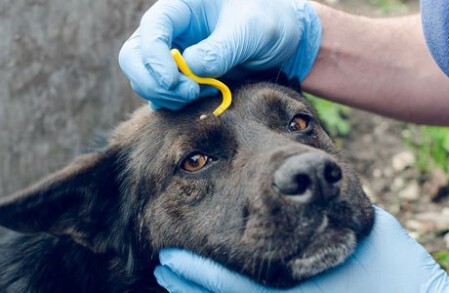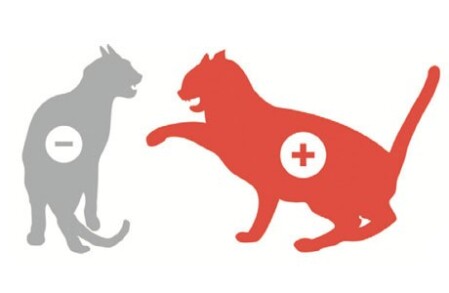Increase your knowledge with this eclectic collection of science-focused snippets, articles, video summaries and papers aimed at keeping you in the picture!

Scientific Snapshots
A study evaluates the accuracy of direct-to-consumer kits to diagnose Adverse Food Reactions. True food allergies involve an immunological reaction to food, whereas some food reactions do not have an immunological basis, but have an identical presentation to what is seen with food allergies. Because of this, these two entities are lumped together as Adverse Food Reactions (AFR). AFR can present with either or both dermatological signs (identical in most cases to atopic dermatitis), and less...
Sponsored by


In this Scientific Snapshot, Dr. Kelly St. Denis discusses how the 2021 AAHA/AAFP Feline Life Stage Guidelines can help veterinary clinics to offer up-to-date and age appropriate medical care in a cat-friendly setting. She also mentions some important advice veterinary teams can give clients in terms of at-home kitten care, nutrition, vaccination and parasite prevention.
Sponsored by


In this Scientific Snapshot, Dr. Jinelle Webb discusses how the AAHA Canine life stage guidelines can help to establish a framework for managing puppy appointments. They can also help to determine a set plan that all veterinary team members are aware of and comfortable discussing with clients. Dr. Webb also addresses some areas of discussion presented in the guidelines that are very important in the puppy stage, including breed specific considerations, sterilization timing, nutrition, and more.
Sponsored by


In this Scientific Snapshot, veterinary anesthesia and analgesia consultant Dr. Geoffrey Truchetti discusses how and why the AAHA’s most recent recommendations on anesthesia and monitoring for dogs and cats are important. He also describes the main recommendations presented in this updated edition. Finally, he explains how these guidelines can be helpful for clinics, which recommendations can be easily implemented, and how to start using these guidelines with your team. BONUS: Download two...
Watch this video, as Kelly St. Denis, MSc, DVM, Dipl. ABVP (feline) and AAFP President, discusses some of the differences between the 2021 and 2010 editions of the AAHA/AAFP Feline Life Stage Guidelines and how they can be implemented in veterinary clinics for everyday use. For more resources regarding feline life stages, and much more, visit the AAHA website.
A study reviews if Lyme disease could be prevented utilizing tick prevention only.
The isoxazoline family has revolutionized the way practitioners treat and prevent flea and tick infestations in our pets. Not only are they unwanted parasites, fleas and ticks are also vectors for many infectious diseases. Lyme disease caused by the bacterium Borrelia burgdorferi, in some geographic regions, is a common tick-borne illness. Questions arise around “time to kill” for various products with regard to...
Sponsored by


Canadian veterinarians are more frequently being entrusted with caring for pets brought in from around the world or are called upon to protect those that travel regularly with their owners. While much of this care is routine, one serious concern may slip through the cracks: exotic diseases. Leishmania, a zoonotic parasite transmitted through sandfly bites, is one such disease that is especially worrisome. This neglected tropical disease is endemic to 98 countries and territories1. Though it is...
Watch this video, as Kelly St. Denis, MSc, DVM, Dipl. ABVP (feline) and AAFP President, discusses some of the differences between the 2020 and 2008 editions of the AAFP Feline Retrovirus Guidelines, as well as the developing knowledge regarding FeLV and FIV. She also points out how practitioners can use these guidelines within their practice and the main point they need to consider regarding the retrovirus in cats. RESOURCES MENTIONED IN THE VIDEO
Study finds no significant differences in outcomes between the two treatment groups
The study reviewed in this Scientific Snapshot (Ortiz V, et al. Evaluating the effect of metronidazole plus amoxicillin-clavulanate versus amoxicillin-clavulanate alone in canine hemorrhagic diarrhea: A randomized controlled study in primary care practice) evaluated, in the general practice setting, if two antibiotics were better than one in treating patients with hemorrhagic diarrhea. Patients were enrolled...
Sponsored by





 03:00 min
03:00 min








